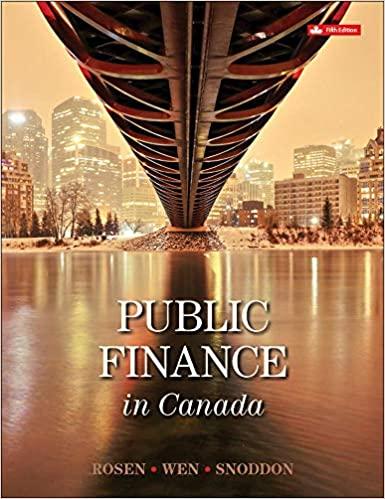



The Capital Budgeting Projects She must choose one of the four capital budgeting projects listed below: Table 1 shows the expected after-tax operating cash flows for each project. All projects are expected to have a 4 year life. The projects differ in size (the cost of the initial investment), and their cash flow patterns are different. They also differ in risk as indicated in the above table. The capital budget is $20 million and the projects are mutually exclusive. Capital Structures Greenpower Ltd. has the following capital structure, which issconsidered to be optimal: Cost of Capital Emma knows that in order to evaluate the projects she will have to determine the cost of capital for each of them. She has been given the following data, which he believes will be relevant to her task. (1)The firm's tax rate is 35%. (2) Greenpower Ltd. has issued a 12% semi-annual coupon bond with 15 years term to maturity. The current trading price is $1,105. (3) The firm has issued some preferred stock which pays an annual 10.5% dividend of $100 par value, and the current market price is $102. (4) The firm's stock is currently selling for $54 per share. Its last dividend (D0) was $2.80, and dividends are expected to grow at a constant rate of 7%. The current risk free return offered by Treasury security is 2.5%, and the market portfolio's return is 10.40%. Greenpower Ltd. has a beta of 1.3. For the bond-yield-plus-risk-premium approach, the firm uses a risk premium of 2.5%. (5) The firm adjusts its project WACC for risk by adding 2.0% to the overall WACC for high-risk projects and subtracting 2.1% for low-risk projects. Emma knows that Greenpower Ltd. executives have favored IRR in the past for making their capital budgeting decisions. Her professor at Seattle U. said NPV was better than IRR. Her textbook says that MIRR is also better than IRR. She is the new kid on the block and must be prepared to defend her recommendations. First, however, Emma must finish the analysis and write her report. To help begin, she has formulated the following questions: 1. What is the firm's cost of debt? 2. What is the cost of preferred stock for Greenpower Ltd.? 3. Cost of common equity The Capital Budgeting Projects She must choose one of the four capital budgeting projects listed below: Table 1 shows the expected after-tax operating cash flows for each project. All projects are expected to have a 4 year life. The projects differ in size (the cost of the initial investment), and their cash flow patterns are different. They also differ in risk as indicated in the above table. The capital budget is $20 million and the projects are mutually exclusive. Capital Structures Greenpower Ltd. has the following capital structure, which issconsidered to be optimal: Cost of Capital Emma knows that in order to evaluate the projects she will have to determine the cost of capital for each of them. She has been given the following data, which he believes will be relevant to her task. (1)The firm's tax rate is 35%. (2) Greenpower Ltd. has issued a 12% semi-annual coupon bond with 15 years term to maturity. The current trading price is $1,105. (3) The firm has issued some preferred stock which pays an annual 10.5% dividend of $100 par value, and the current market price is $102. (4) The firm's stock is currently selling for $54 per share. Its last dividend (D0) was $2.80, and dividends are expected to grow at a constant rate of 7%. The current risk free return offered by Treasury security is 2.5%, and the market portfolio's return is 10.40%. Greenpower Ltd. has a beta of 1.3. For the bond-yield-plus-risk-premium approach, the firm uses a risk premium of 2.5%. (5) The firm adjusts its project WACC for risk by adding 2.0% to the overall WACC for high-risk projects and subtracting 2.1% for low-risk projects. Emma knows that Greenpower Ltd. executives have favored IRR in the past for making their capital budgeting decisions. Her professor at Seattle U. said NPV was better than IRR. Her textbook says that MIRR is also better than IRR. She is the new kid on the block and must be prepared to defend her recommendations. First, however, Emma must finish the analysis and write her report. To help begin, she has formulated the following questions: 1. What is the firm's cost of debt? 2. What is the cost of preferred stock for Greenpower Ltd.? 3. Cost of common equity










